Rain Lily Bulbs Pink Color pack of 50 bulbs
₹225.00
Out of stock
Email when stock available
SKU: rainlilypink50
Categories: Summer Bulbs, Winter Bulbs
Rain Lily Bulbs Pink (Zephyranthes) from bulbs is an easy way to enjoy their beautiful, delicate flowers, which often bloom after rain, hence the name. Here’s a step-by-step guide to growing rain lilies from bulbs:
1. Gather Materials
- Rain lily bulbs: These are typically available in nurseries or online, and there are several species with different bloom colors, such as white, pink, and yellow.
- Planting pots or garden beds: Choose containers or garden spaces with good drainage.
- Well-draining soil: Rain lilies prefer slightly sandy or loamy soil.
- Watering can: Ensure you water gently and evenly.
2. Timing
- Best time to plant: Plant rain lily bulbs in spring or early summer after the danger of frost has passed. If planting indoors, you can start them in early spring and transplant outdoors after the last frost.
3. Rain Lily Bulbs Pink Preparing the Planting Site
- Soil: Rain lilies prefer slightly sandy, well-draining soil. If the soil is heavy, consider amending it with sand or perlite to improve drainage.
- Location: Choose a sunny location that gets 6–8 hours of direct sunlight per day. They can tolerate some light shade, but the best blooming occurs in full sun.
- Containers: If planting in containers, ensure the pots have drainage holes to avoid waterlogging, as rain lilies dislike soggy soil.
4. Planting the Bulbs
- Dig a hole or prepare a container with soil that is deep enough to accommodate the bulb. A general rule is to plant the bulb 2–3 inches (5–7 cm) deep, with the pointed side facing up.
- If planting multiple bulbs, space them about 3–6 inches (7–15 cm) apart to give them room to grow.
- Place the bulbs in the hole, cover with soil, and water gently.
5. Watering and Care
- Watering: After planting, water the bulbs thoroughly to settle the soil. Continue to water regularly, keeping the soil moist but not soggy. Once the plants are established, reduce watering to a more moderate level.
- Fertilizing: Rain lilies do not require heavy feeding. Apply a balanced, slow-release fertilizer once or twice during the growing season to encourage healthy growth.
- Mulching: Apply a light layer of mulch around the base of the plants to help retain moisture and regulate soil temperature.
6.Rain Lily Bulbs Blooming and Maintenance
- Flowering: Rain lilies bloom in response to rainfall or deep watering, often producing delicate, funnel-shaped flowers in white, pink, yellow, or purple. The flowers may only last a day, but new blooms will appear regularly throughout the growing season.
- Deadheading: Remove spent flowers to encourage new blooms and to keep the plant looking tidy.
- After Blooming: Once flowering is done, allow the foliage to die back naturally. The leaves will often yellow and wither as the plant enters a dormant phase. This is a natural process, and it’s important not to remove the leaves too soon, as they help store energy for the next blooming season.
7. Overwintering (If Applicable)
- In cooler climates, rain lilies are typically grown as annuals, or you can dig up the bulbs before the first frost and store them in a cool, dry place.
- If grown in containers, bring the pots indoors for winter or store the bulbs in a cool, dry location, such as a basement, until the next planting season.
8. Additional Tips
- Pests: Rain lilies are relatively pest-resistant, but keep an eye out for slugs or snails.
- Propagation: Rain lilies can be propagated by dividing the bulbs after a few years of growth. Carefully dig up the bulbs and separate them into smaller sections, then replant.
Be the first to review “Rain Lily Bulbs Pink Color pack of 50 bulbs” Cancel reply
You must be logged in to post a review.
Related products
Sale!
Rated 4.00 out of 5
₹160.00
₹199.00



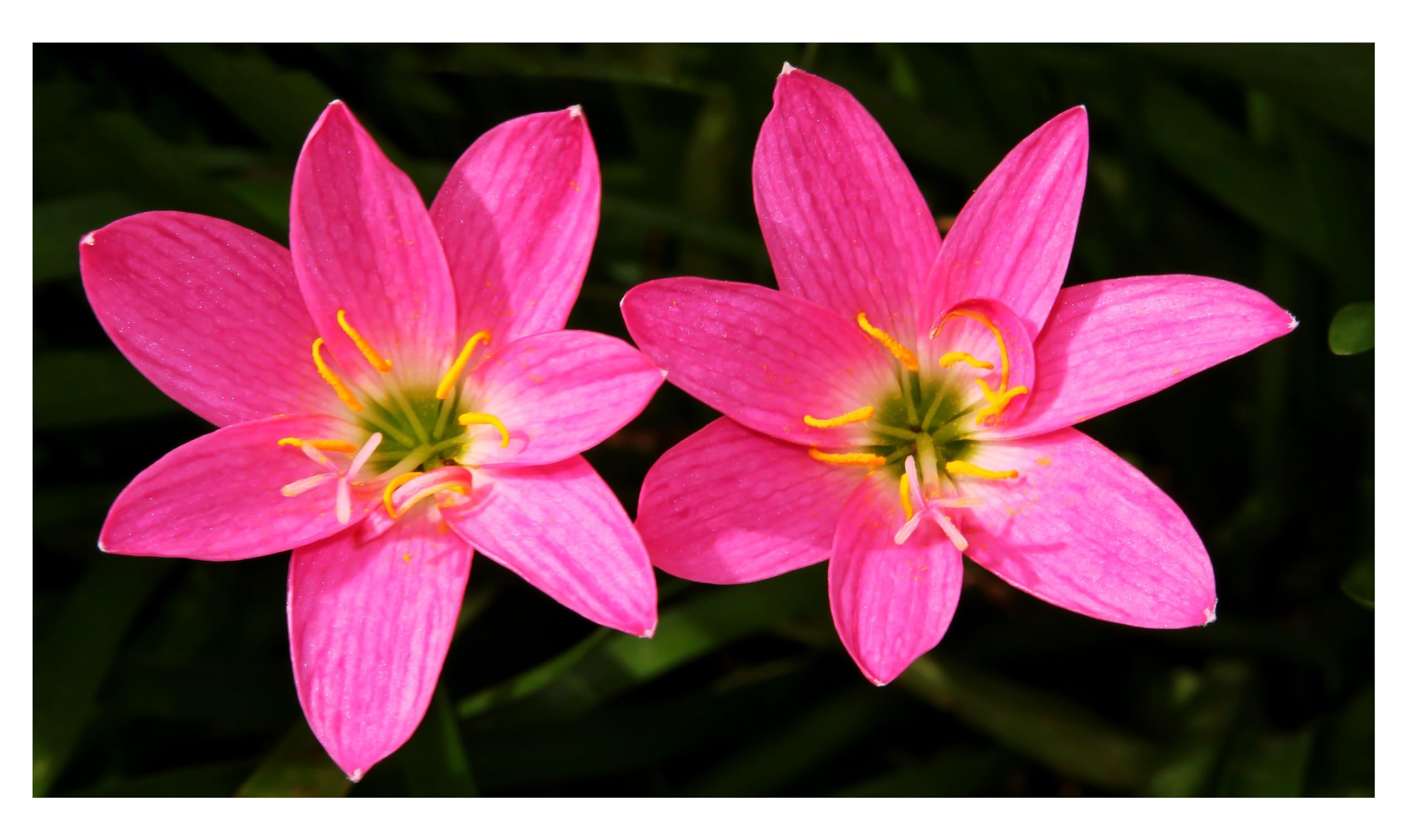
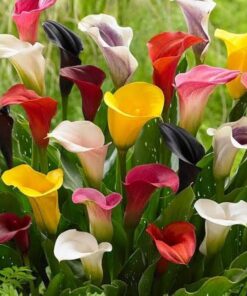
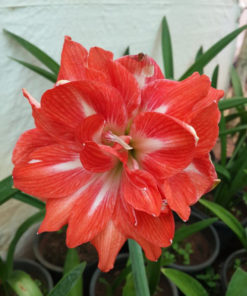
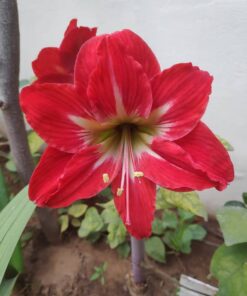
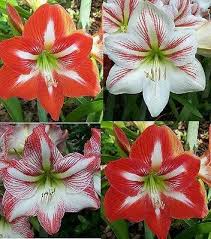


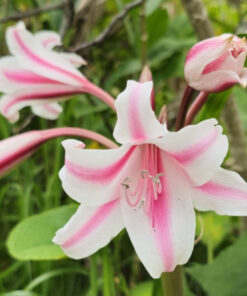



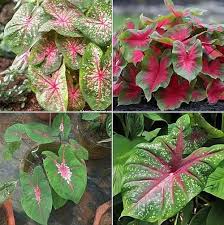
Reviews
There are no reviews yet.